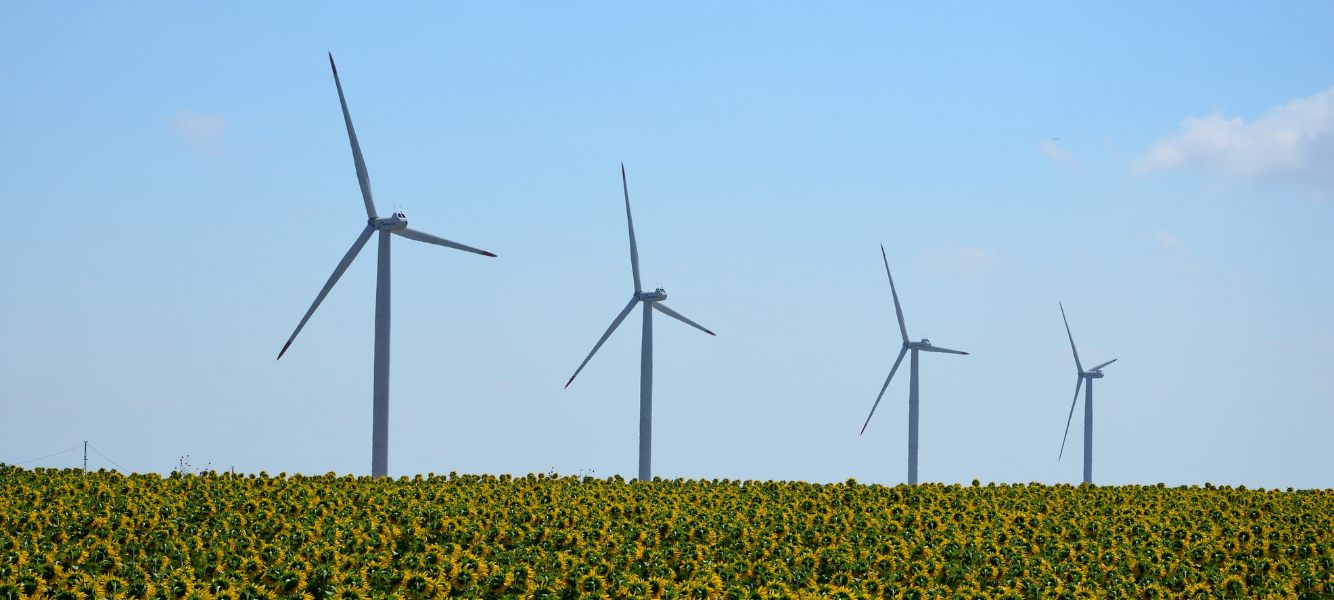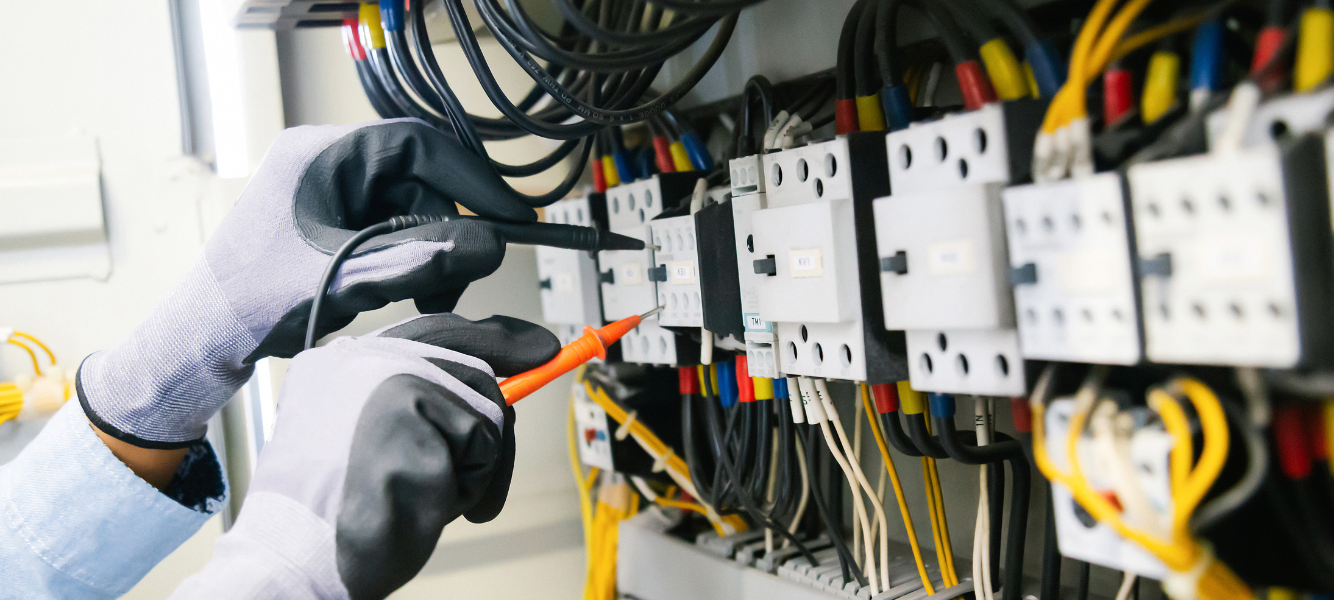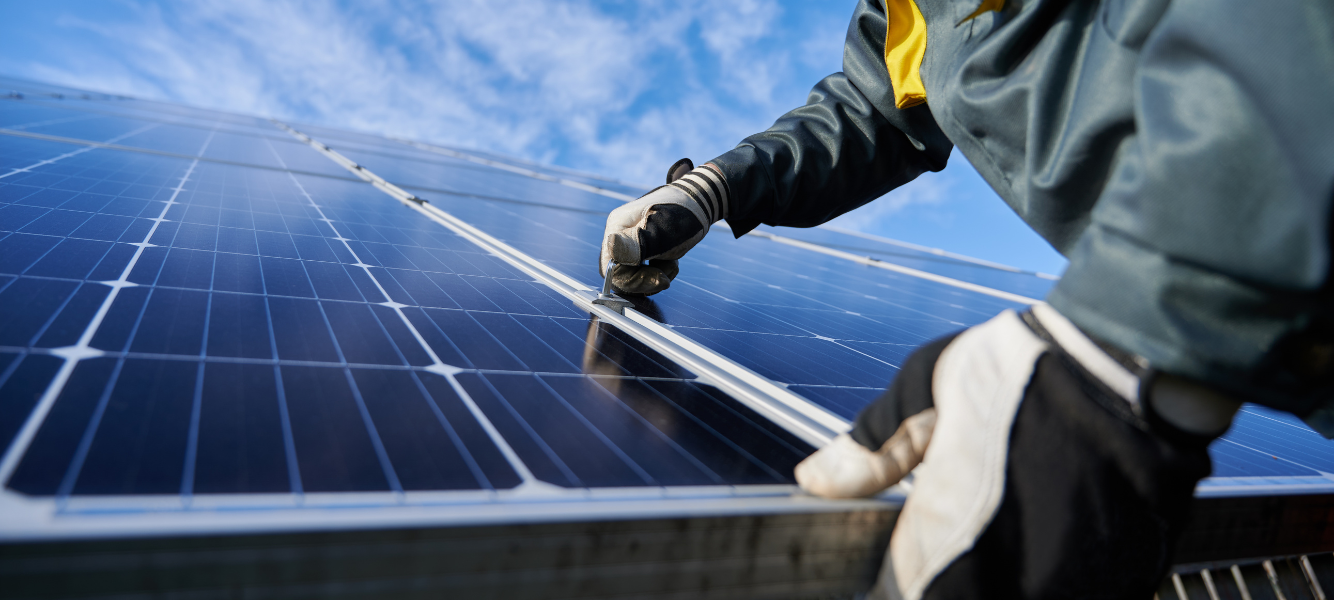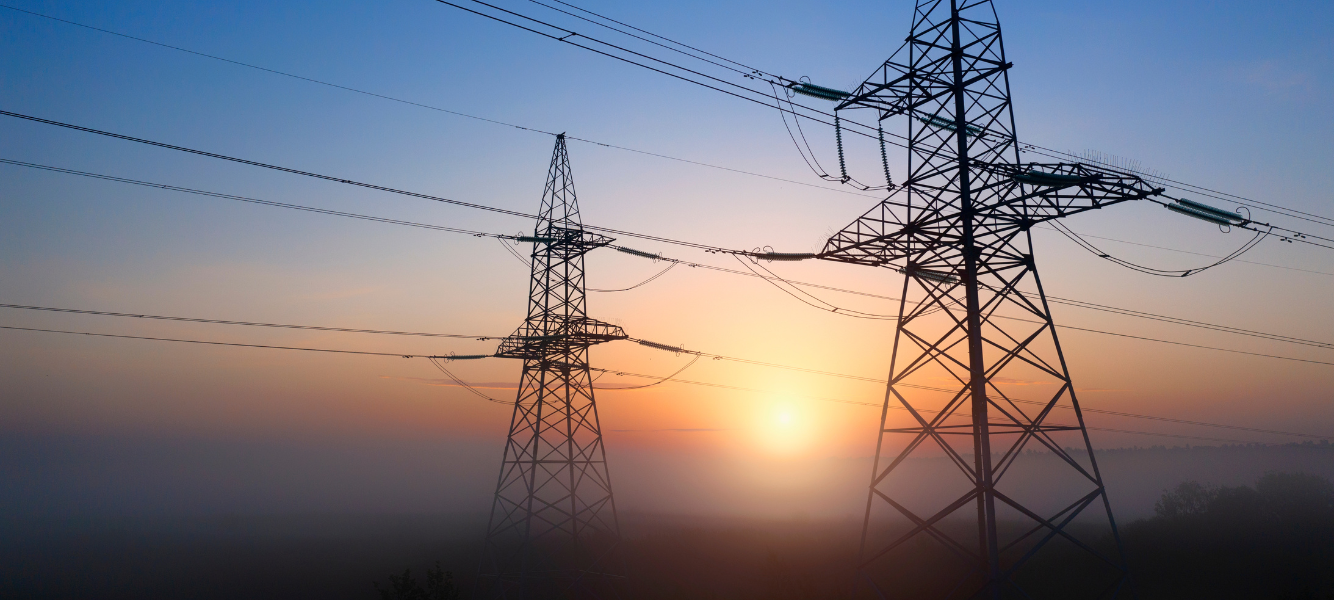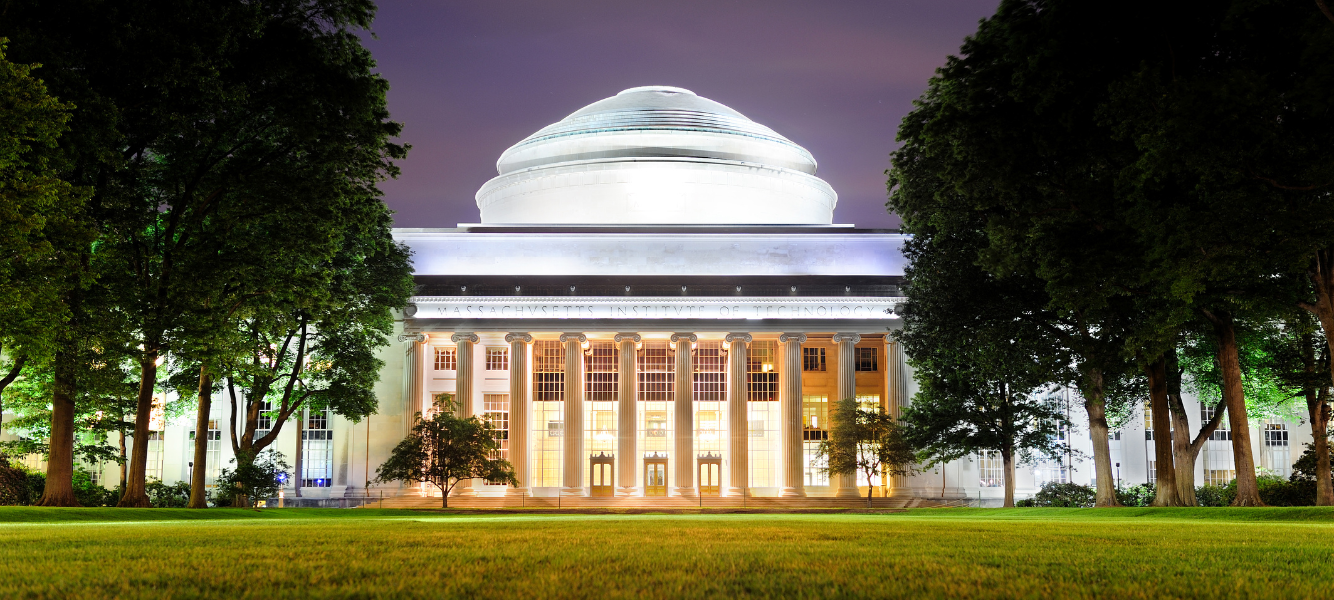When the Inflation Reduction Act (IRA) passed in August 2022, it was described as a once-in-a-generation piece of climate legislation.
For the US energy sector, it was a pivot point.
Suddenly, there was a clear path for unprecedented federal investment into clean energy, manufacturing and infrastructure.
Fast forward to 2025 and the IRA’s fingerprints are everywhere.
From solar manufacturing plants breaking ground in the Midwest, to nuclear operators exploring hydrogen production, to wind developers racing to meet new deadlines, it is reshaping the market.
It’s also attracting the kind of private capital and job creation numbers the industry has been chasing for decades.
At the same time, recent policy changes mean the IRA’s benefits are no longer a given.
The “One Big Beautiful Bill” Act (OBBBA), signed in July 2025, rolls back some of its most generous incentives, especially for wind and solar.
Developers and investors now face a tighter window to act.
In this article, we will break down what the IRA delivered, how it has played out in power, renewables and nuclear, the impact of the OBBBA, and what comes next.
Understanding the Inflation Reduction Act
The IRA is the largest clean-energy investment in US history.
It includes an estimated $663 billion in climate and energy provisions, with headline figures such as:
-
$128 billion for renewables and storage
-
$30 billion for nuclear power
Unlike previous short-term tax credits, the IRA offered long-term certainty, allowing developers to plan large-scale projects years in advance.
It also tied many credits to domestic content and labour requirements, aiming to rebuild US manufacturing capacity while creating high-quality jobs.
The impact on the power sector
The IRA is not just about solar panels and wind turbines.
It is fundamentally changing the US power mix.
According to the National Renewable Energy Laboratory (NREL), with the IRA in place, low-carbon sources (renewables, nuclear, carbon capture) could account for 59–89% of generation by 2035, compared to 46–74% without it.
The economic ripple effect is huge.
Clean Power America estimates the IRA’s energy tax credits could generate $1.9 trillion in economic growth, create 13.7 million jobs, and deliver a four-times return on investment.
Between 2022 and early 2025, the Act has helped drive over 400,000 new clean energy jobs and $422 billion in announced investments across 750 projects.
This isn’t just theoretical either.
It’s cranes, contracts, and paycheques hitting communities across the country.
Renewable energy growth under the IRA
Solar and storage
One of the IRA’s biggest wins has been for solar power.
The Investment Tax Credit (ITC) returned at 30% for eligible projects, with options to boost it to 40% or more through “bonus credits” for projects in low-income areas or “energy communities”.
This has driven a boom in domestic manufacturing.
US solar manufacturing capacity has quadrupled to 31 GW since 2022, and in early 2024, solar accounted for 67% of all new capacity added.
Offshore wind examples
Flagship projects have made the most of IRA incentives.
Vineyard Wind 1, for instance, secured a $1.2 billion tax-equity deal, benefiting from a 30% ITC.
Revolution Wind qualified for an additional 10% “energy community credit”.
These examples show how developers have layered multiple incentives to de-risk capital-intensive builds.
Nuclear energy’s strategic role
The IRA allocated around $30 billion to nuclear initiatives, including funding for high-assay low-enriched uranium (HALEU) and advanced reactor research.
One of the most talked-about provisions for nuclear is the 45V hydrogen tax credit, worth up to $3 per kilogram.
Existing nuclear plants can now produce clean hydrogen and earn these credits, potentially extending their operational life and adding a new revenue stream.
The 2024 ADVANCE Act strengthened nuclear’s position further by streamlining licensing for advanced technologies, reducing fees, and supporting US nuclear exports.
For communities with nuclear facilities, this combination of IRA and ADVANCE incentives creates powerful retention and growth opportunities.
The One Big Beautiful Bill and its impact
In July 2025, the OBBBA introduced significant changes to the IRA, especially for wind and solar developers.
The new rules include:
-
Stricter “foreign entity of concern” (FEOC) provisions, limiting credits for projects with supply chain ties to certain countries
-
Accelerated build deadlines for wind and solar: start construction by 4 July 2026 or be in service by 31 December 2027
For nuclear, the impact has been far less severe.
The nuclear production tax credit (45U) remains intact, and the clean electricity credits (45Y and 48E) are still available for projects starting construction by 2034.
Nuclear projects in “nuclear energy communities” can still receive a 10% bonus.
Market reaction is mixed.
Some developers are concerned about project viability under the tighter timelines.
Others, particularly US-based manufacturers, see an advantage as competition from foreign suppliers is reduced.
Opportunities despite the changes
Even with the OBBBA changes, there are still substantial opportunities for developers, investors and employers.
-
Nuclear remains a strong bet, with long lead times fitting the credit windows and strong bipartisan support.
-
Hydrogen incentives are still live and can be paired with nuclear or renewables.
-
Domestic manufacturing stands to benefit from reduced foreign competition.
-
State-level incentives can fill gaps where federal credits are reduced.
The key will be acting early.
The compressed deadlines for wind and solar mean projects that have been sitting in feasibility stages will need to move quickly if they want to capture federal support.
The bigger picture for workforce and investment
The IRA isn’t only about technology.
It’s also a workforce story.
These projects require skilled engineers, technicians, project managers, and operators.
Whether it is maintaining nuclear reactors, building offshore wind farms, or integrating battery storage, the demand for talent is set to increase sharply.
For employers, this means:
-
Competition for qualified staff will rise
-
Training and retention will be critical to meet project timelines
-
Partnerships with recruitment specialists who understand the energy market will be a competitive advantage
Astute is already seeing these trends play out, helping businesses source the expertise needed to deliver on both IRA-era and post-OBBBA projects.
What comes next
The landscape is more complex than it was in 2022.
The IRA opened the floodgates for investment, but the OBBBA has added urgency and complexity.
The most successful players will be those who adapt quickly, leverage remaining incentives, and lock in talent early.
For power, renewables and nuclear, the direction is still clear.
The US is moving toward a lower-carbon, more secure energy future.
The journey might have more obstacles now, but the opportunity remains massive for those ready to act.
Take action now
The clock is ticking.
Whether you’re a developer looking to secure your project’s future, a manufacturer scaling up to meet demand, or a nuclear operator exploring new revenue streams, the need for skilled people is non-negotiable.
Astute specialises in connecting energy employers with the talent they need to deliver.
Our network spans the US power, renewables and nuclear sectors, and we understand the pressures of meeting deadlines, compliance requirements and performance targets in this changing landscape.
If you are ready to position your business for success in the post-OBBBA energy market, get in touch today.
Reach out to Astute and let’s talk about how we can support your recruitment needs.











